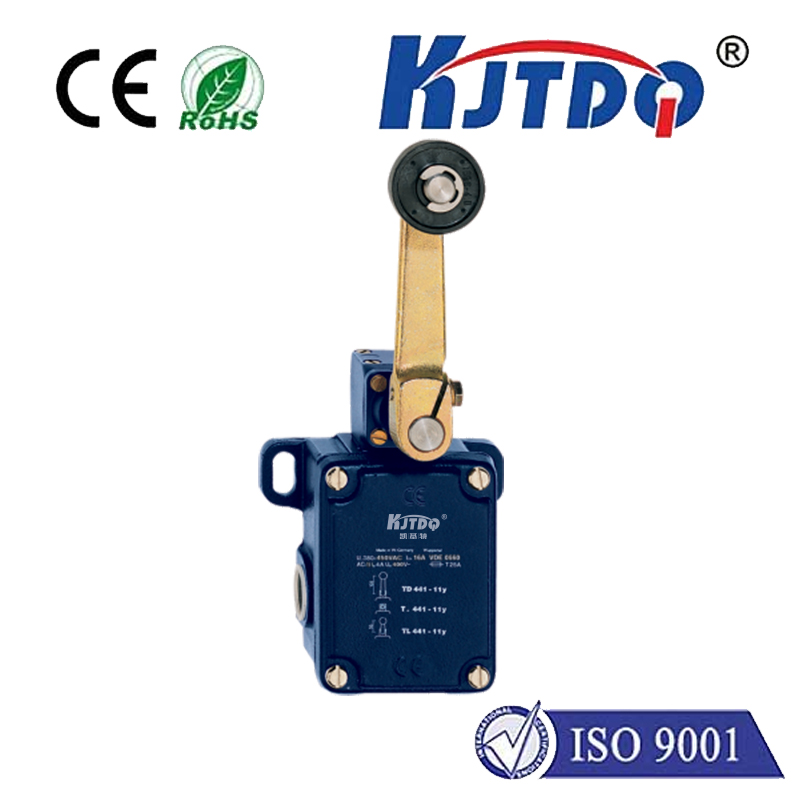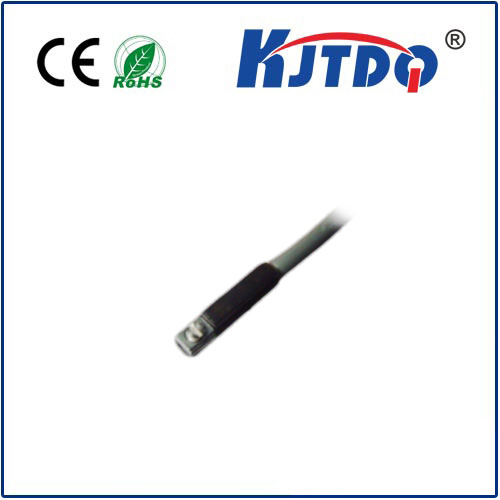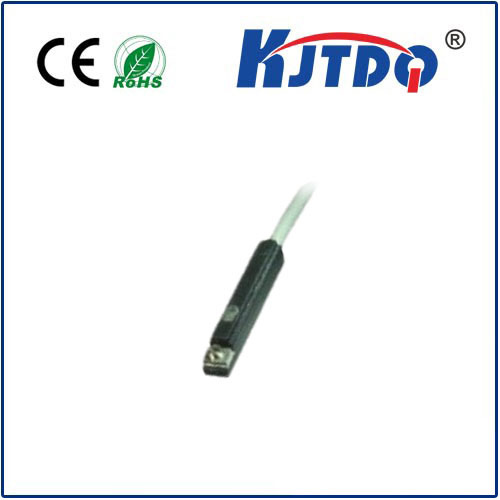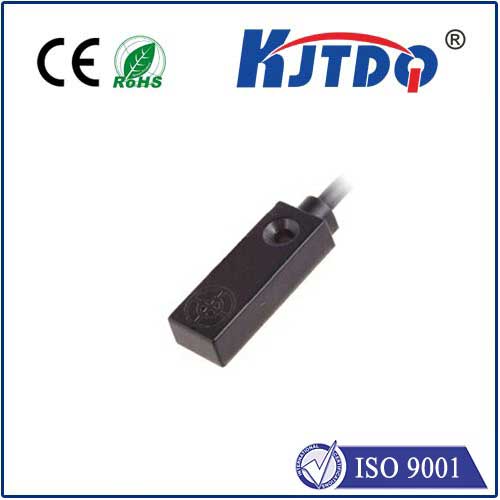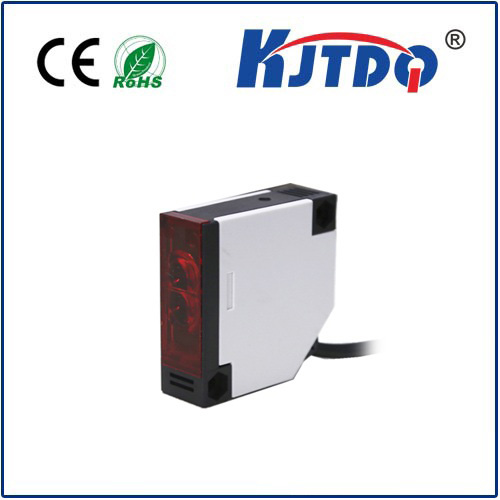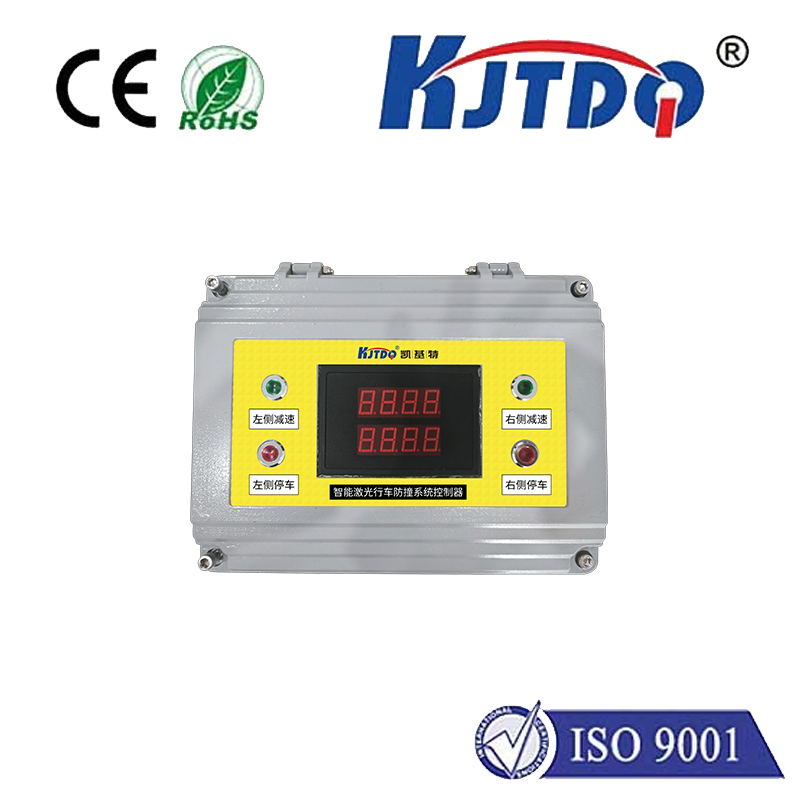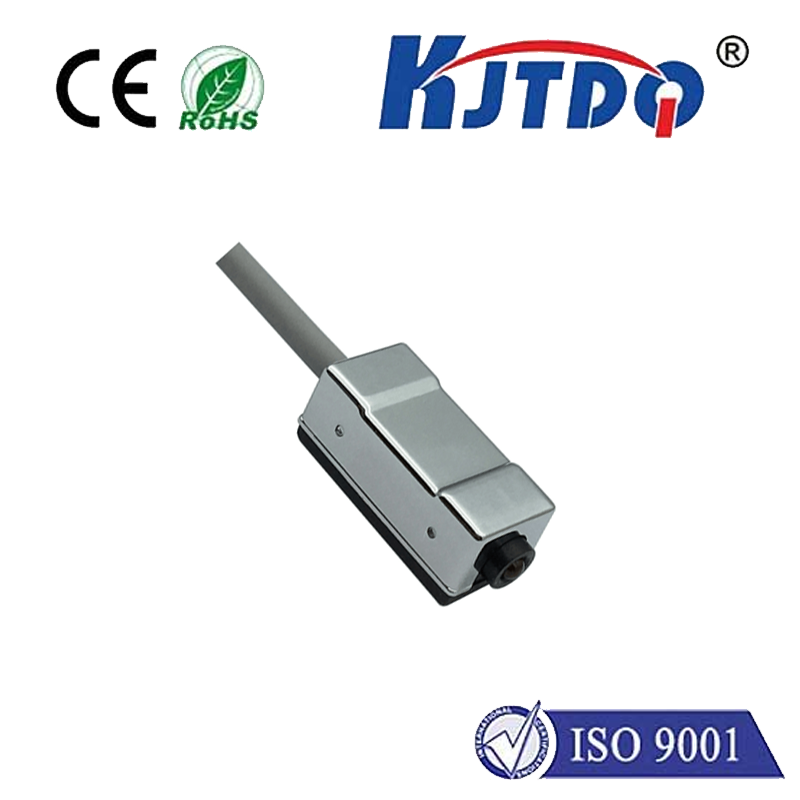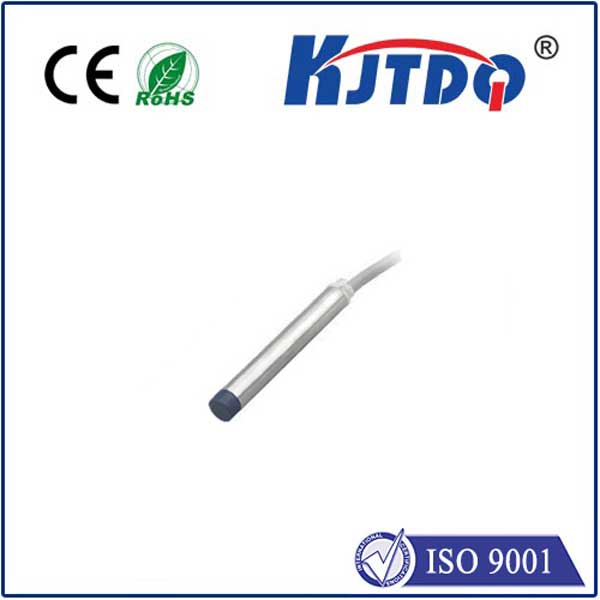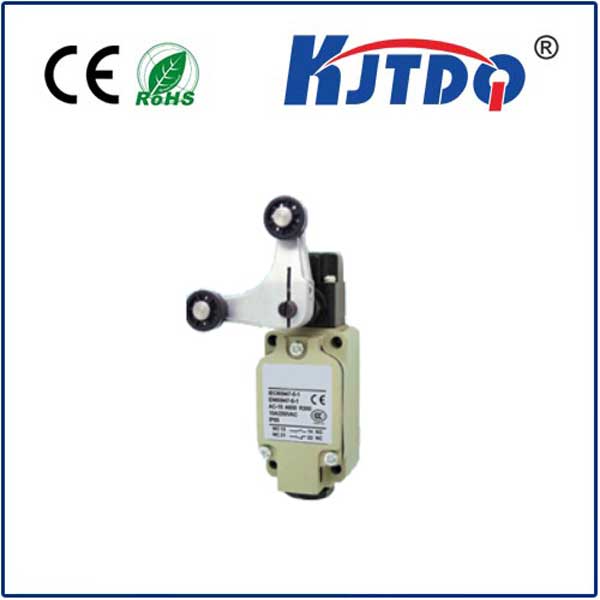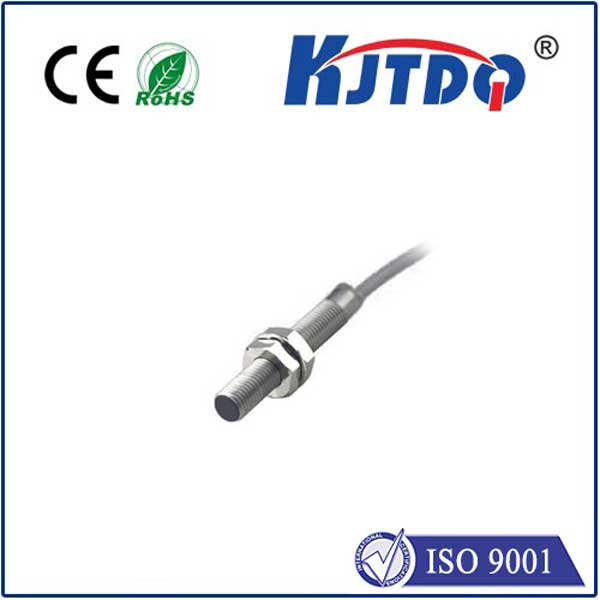BES0202 high pressure proximity sensor
- time:2025-10-01 05:48:17
- Нажмите:0
BES0202 Proximity Sensors: Mastering Detection in Demanding High-Pressure Environments
Imagine a critical hydraulic press cycling relentlessly, its massive piston exerting thousands of pounds per square inch. Or visualize the intricate dance of components within a high-pressure die-casting machine. In these unforgiving environments, standard sensors often falter. Detecting position, presence, or movement reliably becomes not just a matter of efficiency, but of safety and preventing catastrophic failure. This is precisely the domain where the BES0202 high pressure proximity sensor excels.
The BES0202 isn’t your average inductive proximity sensor. It represents a specialized class engineered specifically to thrive where immense pressures are the norm, not the exception. Its core mission? To provide non-contact, robust detection of metallic objects in conditions that would render conventional sensors useless or drastically shorten their lifespan.
Why High Pressure Demands a Specialist
Standard proximity sensors rely on an electromagnetic field generated by a coil. When a metallic target enters this field, it induces eddy currents, causing a detectable change in the sensor’s oscillation. However, high-pressure environments introduce unique challenges:
- Material Stress: Constant exposure to pressures potentially exceeding several hundred bar subjects the sensor housing and internal components to immense stress. Standard plastic housings or weak seals can deform, crack, or rupture.
- Seal Integrity: Preventing pressurised media (oil, coolant, gases, molten metal) from penetrating the sensor is paramount. Failures here lead to internal corrosion, electrical shorts, or sudden malfunction.
- Performance Drift: Even subtle deformation under pressure can slightly alter the electromagnetic field characteristics, potentially causing inconsistent switching distances or false signals.
- Extreme Temperatures: High-pressure processes are often accompanied by significant temperature fluctuations, further testing material limits.
The BES0202: Engineered for the Extremes

So, what sets the BES0202 apart? Its design incorporates several critical features to overcome the harsh realities of high-pressure applications:
- Robust, Pressure-Rated Housing: Typically constructed from high-grade, corrosion-resistant stainless steel (like V4A/316L), the housing is engineered to withstand specific, certified pressure levels. Thicker walls and specialized sealing techniques ensure structural integrity.
- Premium Sealing Technology: Utilizing advanced sealing elements (often multiple O-rings made from high-performance materials like FKM/Viton™ or FFKM) and precision sealing geometries, the BES0202 guarantees reliable isolation between the hostile external environment and its sensitive internal electronics. This is crucial for long-term reliability.
- Optimized Internal Design: The coil assembly and electronics are secured and potted to minimize any movement or micro-shifts that pressure fluctuations might induce, maintaining consistent sensing performance.
- Tailored Sensing Range: While inductive sensors have finite ranges, the BES0202’s range is carefully calibrated considering potential housing deformation under load, ensuring reliable detection even when pressurized.
- High Temperature Tolerance: Designed to operate reliably not just under pressure, but also across a wider temperature range often encountered in these strenuous settings.
Where the BES0202 Proves Invaluable
- Hydraulic & Pneumatic Systems: Monitoring cylinder end positions, piston location within intensifiers, valve spool position, or component presence in high-pressure manifolds or power units. Precision control demands reliable feedback.
- Die Casting & Moulding Machines: Detecting core pullers, ejector pins, or mould movements under immense clamping pressures. Failure here risks costly damage to the mould or machine.
- Oil & Gas Exploration/Production: Downhole tools, wellhead equipment, and high-pressure fluid control systems require robust sensing unaffected by pressures deep underground or undersea.
- Marine & Subsea Applications: Thruster controls, hydraulic winches, and other critical systems on vessels or ROVs operating at significant depths.
- Test Benches & Pressure Vessels: Monitoring components or movements during high-pressure testing procedures where safety and accurate data logging are critical.
- High-Pressure Pumps & Valves: Verifying valve position or component status within pumping systems designed for extreme pressures.
Key Advantages Beyond Just Pressure Resistance
Choosing a BES0202 high pressure inductive sensor offers benefits extending far beyond its core pressure resilience:
- Unmatched Reliability: Minimized risk of failure due to pressure-induced damage or media ingress leads to significantly reduced downtime and maintenance costs.
- Consistent Performance: Maintains stable switching characteristics even under varying pressure loads, ensuring process stability.
- Повышение безопасности: Reliable detection in critical high-pressure systems is intrinsically linked to operational safety, preventing hazardous situations caused by faulty signals.
- Long Service Life: Engineered with premium materials and construction, the BES0202 delivers an extended operational lifespan, offering a superior total cost of ownership compared to frequently replacing standard sensors.
- Non-Contact Operation: Like standard inductive sensors, it offers wear-free detection without physical contact with the target, eliminating mechanical wear issues.
Selecting the Right BES0202 for Your Application
Not all high-pressure environments are identical. When specifying a BES0202 sensor, consider these crucial factors:
- Maximum Operating Pressure (Static & Dynamic): What is the peak pressure the sensor will encounter? Does pressure fluctuate rapidly? Ensure the sensor’s rating exceeds your maximum requirement with a safety margin.
- Media Compatibility: What fluid or gas is the sensor exposed to? Verify housing material and seal compatibility to prevent corrosion or seal degradation.
- Temperature Range: Confirm the sensor’s operating temperature specification covers your minimum and maximum ambient and process temperatures.
- Electrical Requirements: Voltage (e.g., 10-30V DC), output type (e.g., PNP/NPN NO/NC), current rating, and connection type (cable or connector).
- Sensing Range & Target Material: Standard inductive sensors detect ferrous metals best; some variants offer longer ranges or improved detection of non-ferrous metals. Confirm the required switching distance and target material.
- Housing Size & Thread: Ensure the physical dimensions and mounting thread (e.g., M8, M12, M18, M30) fit the installation location.
- Certifications: Are specific industry certifications required (e.g., ATEX for hazardous areas, IP ratings for dust/water ingress, marine approvals)?
Implementing for Success
Proper installation is vital for optimizing the performance and lifespan of your BES0202 sensor:
- Torque Specs: Always adhere strictly to the manufacturer’s specified tightening torque when installing the sensor. Over-torquing can damage threads, deform the housing, or compromise seals. Under-torquing risks leaks.
- Mounting Surface: Ensure the mounting surface is clean, flat, and free from burrs that could damage the sealing surface or housing.
- Avoid Side Loads: Protect the sensor from excessive side loads or impacts during installation and operation.
- Electrical Protection: Implement appropriate overvoltage, reverse polarity, and short-circuit protection as per the sensor’s datasheet and relevant electrical standards.
- Cable Management: Secure cables properly using strain relief to prevent pulling on the connection point.
In the demanding world of industrial automation and fluid power, where pressures soar and reliability is non-negotiable, the BES0202 high pressure proximity sensor stands as a critical enabler. Its specialized construction, rigorous sealing, and robust design make it the definitive solution for ensuring accurate, non-contact detection in environments where ordinary sensors simply cannot survive. When your application involves life under pressure, specifying a sensor built for those conditions isn’t just a choice; it’s an operational necessity.

